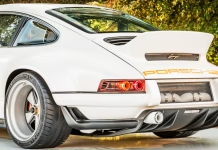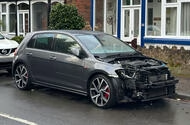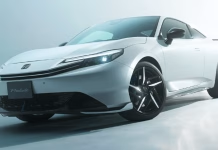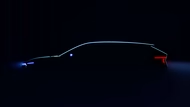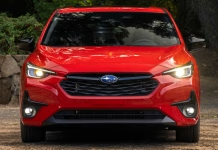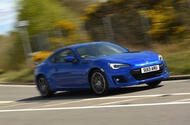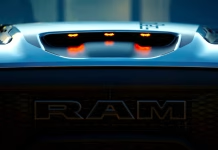Rare Singer DLS Porsche Heads to Auction With Multi-Million Dollar Price Tag
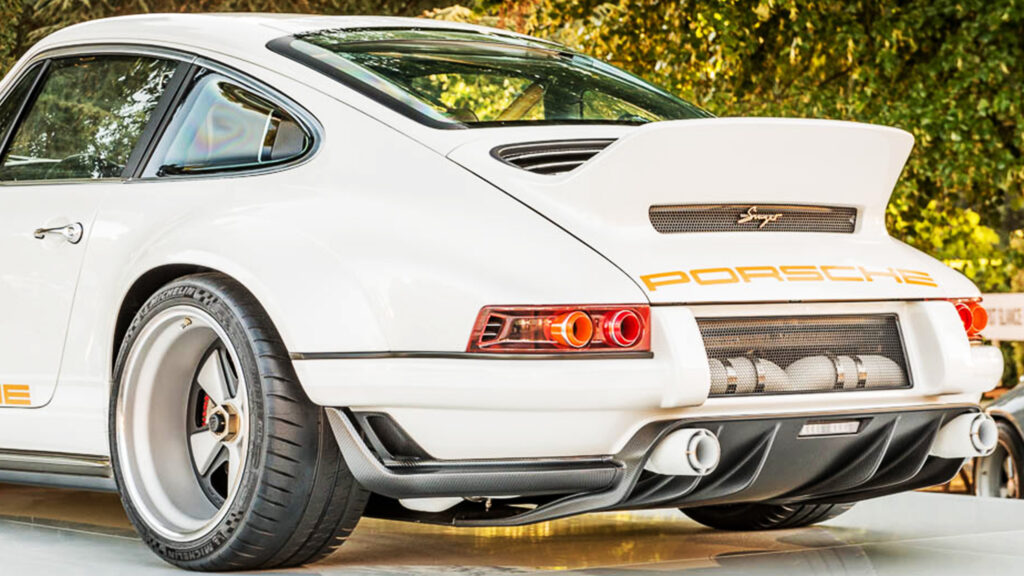
Lucid Motors Bets Big on Gravity SUV to Expand Electric Lineup

Car Cannibalism on the Rise as Soaring Parts Prices Fuel Surge in Vehicle Thefts
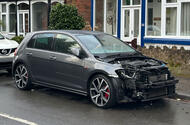 High cost of new parts and easy online resale is fuelling increase in crime
High cost of new parts and easy online resale is fuelling increase in crime
Thefts of car parking sensors have risen by 300% amid an increase in overall vehicle parts crime across the country, a leading insurer has reported.
Admiral Insurance says that last year it recorded 142 claims for stolen parking sensors, compared with 36 claims the previous year, with an additional 104 claims for stolen steering wheels and airbags.
“Parking sensors are easily accessible and have a high resale demand,” said Alex Wyard, director of technical underwriting at Allianz. “Criminals see parts theft as an easy way to make extra cash, and we have seen an increase in all types of theft relating to cars over the past year.
“New airbags can cost as much as £1200, but thieves sell stolen ones for a fraction of the price. Wing mirrors, catalytic converters, wheels and car emblems are also quick to sell on.”
Volkswagen Golf GTI owner Jeremy Merckel is among the latest victims of vehicle parts theft. One morning in March he was woken by a neighbour with the news that thieves had stolen the headlights, front bumper, grille and bonnet from his car.
“I was fuming,” says Merckel, who lives in Sutton Coldfield. “A neighbour’s doorbell camera showed one of the thieves casually walking away carrying the bumper above his head. I’ve been told the theft probably took no more than three minutes. It’s the second time my Golf has been targeted: two years ago, the car’s original front bumper was stolen. Surprisingly, the car hadn’t been broken into, and apart from missing much of its front end, there was no other damage.”
Merckel was warned by his insurer, Ageas UK, that his Golf, registered in 2019, might have to be written off. He says: “Their first reaction was: ‘Oh no, not another one!’ But in the end they agreed to pay for the repairs. Within two weeks it was back on the road with a new bumper, grille and lights, but because no new one could be found, a used bonnet. My insurance premium doubled last time, so I’m expecting a similar increase.”
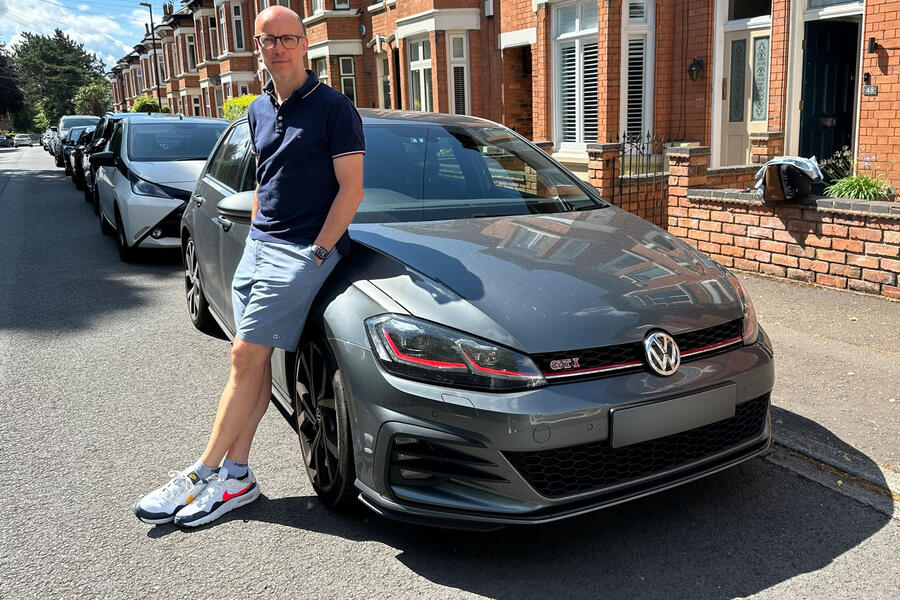
The Midlands appears to be suffering the worst with what is known as ‘car cannibalism’. Mark Silvester, of West Midlands Police, says although it’s not yet a big issue, the rising cost of new replacement parts and the existence of an efficient online market to dispose of stolen ones mean it’s one the force is monitoring.
“Unlike car theft, parts theft is an opportunistic crime rather than organised,” said Silvester. “It is often carried out when someone has posted online that they’re searching for a particular part. Motorists can help stamp it out by avoiding parts whose source is not legitimate or which are not sold under a scheme such as eBay’s Certified Recycled scheme.”
2025 Honda Prelude Unveiled With Hybrid Power, Glider-Inspired Design, and Sporty Accessories
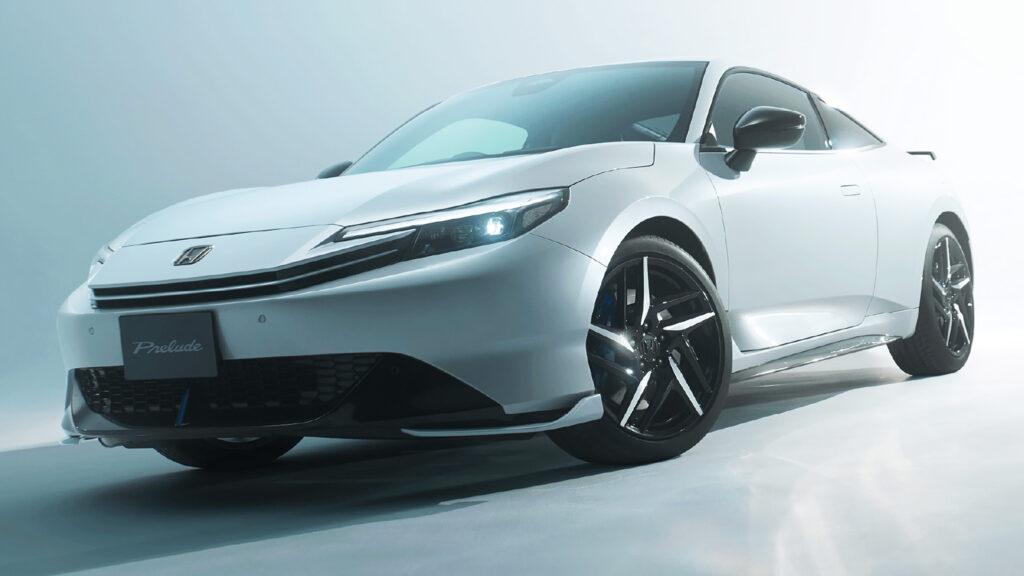
Skoda Unveils Vision O Electric Estate Concept Previewing the Next-Gen Octavia Revolution

Silhouette takes familiar Octavia shape and applies new 'Modern Solid' cuesVision O concept will be revealed in September as a preview of the next-gen Octavia, twinned with VW's ID Golf
Skoda has given a first glimpse of the electric estate car concept that it will reveal at the Munich motor show in September.
Named Vision O, the show car will give clues to the next-generation electric Octavia, which is due to arrive by the end of the decade as the first Skoda atop the Volkswagen Group's new SSP EV platform.
The first official preview image shows a silhouette that stays true to the general shape of the current car, but with distinctive new light signatures and sharper edging in line with Skoda's new 'Modern Solid' design language.
Skoda also says the "steeply raked" windscreen and "gently sloping roofline" are "design cues that have characterised Skoda's most successful estate models".
The Superb and Octavia estates are among Skoda's best-selling global models, with the Octavia 'Combi', particularly, ranking as its top seller in certain markets.
As a result, Skoda "is committed to continuing the estate bodywork legacy into the future," said the company.
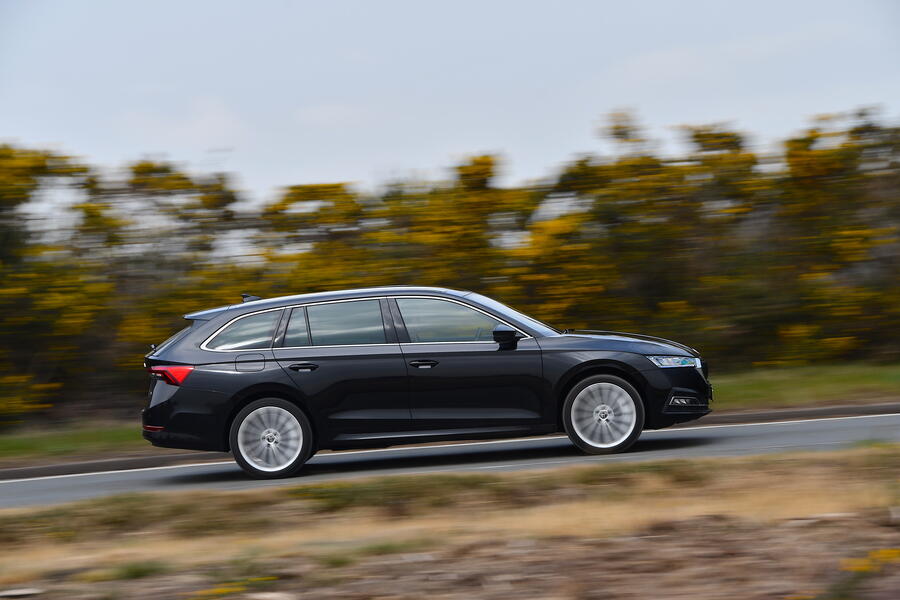
Exterior designer Jounggeen Kim shaped the Vision O's silhouette and said his task was "to apply the Modern Solid language to an estate car".
He designed the concept to be an "all-in-one" proposition and added: "This car is built to do it all.
“I see Skoda as a family-oriented brand – practical, reliable and trustworthy. I aimed to reflect those qualities through the new Modern Solid design language.”
Kim added that while the Vision O will be a future-looking concept that adheres to Skoda's current design principles, he took inspiration from past models such as the Yeti and Roomster.
Announcing the concept car earlier this year, CEO Klaus Zellmer said: “In September in Munich, we're going to have a concept car that gives an indication of what the new design language will be for the Octavia and what the technology in that car will be able to deliver.”
Skoda had originally planned to launch an electric estate version of the Octavia based on the Volkswagen Group’s current MEB electric architecture. However, Zellmer said it will instead be underpinned by the SSP architecture that’s in the works because it will offer “more performance and be more cost-efficient”.
He said: “Wait and see until September, and then we will show you the full potential and technical package that we envision. It will be a concept car, so this is also a test bed for us to see what the resonance from the media, from our dealers and from our potential customers is.”
The production version of the electric Octavia estate is due by the end of the decade at a similar time to the related Volkswagen ID Golf, which will also be based on the SSP platform. It is expected to lead the next generation of electric Skodas and mark the point where its combustion-engined and all-electric ranges start to converge.
To date, Skoda’s electric vehicles have existed in a parallel line-up as the brand prioritises consumer choice and will continue to do so. This suggests the hybridised combustion-engined Octavia estate will continue to be sold as Skoda gradually introduces battery-electric vehicles into its more familiar nameplates.
Before the electric Octavia, two more Skoda EVs are due. The Epiq, a sibling to the Volkswagen ID 2 and Cupra Raval, will be launched next year as the Skoda's entry-level electric car. The brand will also put its previous Vision 7S concept car into production in 2026 as an electric equivalent of the Kodiaq. This is likely to be Skoda’s most expensive car yet, but Zellmer said it will retain its core principles of “design functionality and value for money”.
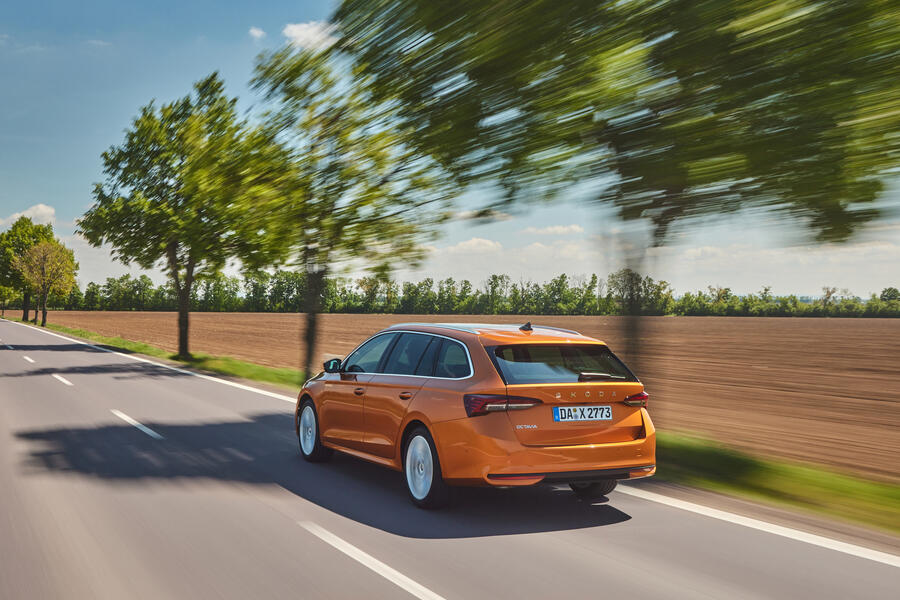
However, there are no plans to launch a Skoda version of the recently unveiled Volkswagen ID Every1 concept car, which will arrive as an entry-level VW electric city car in 2027 and be priced from around £17,000.
“We have decided not to be part of that segment,” said Zellmer. “Within the Volkswagen Group, VW [will be left to] conquer that part of the market.”
Skoda is not abandoning entry-level cars altogether, though, and Zellmer confirmed a sub-£17,000 starting price would remain in its range as the Fabia, Kamiq and Scala have all been signed off for updates to keep them in the market for the years ahead. This will include mild-hybrid versions, something that’s required for the upcoming Euro 7 emissions regulations, which re-engineered versions of these cars will have to meet.
Zellmer is keen to add more hybrids to Skoda’s range, including more long-range plug-in hybrids off the back of the success of Superb and Kodiaq hybrids.
He said: “We want to have more hybrids in our portfolio because this is clearly something that we see reflected in the competitive landscape and consumer sentiment.
"The feedback we get from our dealers and from our customers in those cars [Superb and Kodiaq plug-ins] is very reassuring that we're heading the right way to have the best of both worlds: the range and the ease of a combustion engine, and the peace and quiet driving around and more than 100km [62 miles of electric range] with the E drive mode.”
2026 Subaru Impreza Gets Pricier and Less Powerful as Base Model Disappears
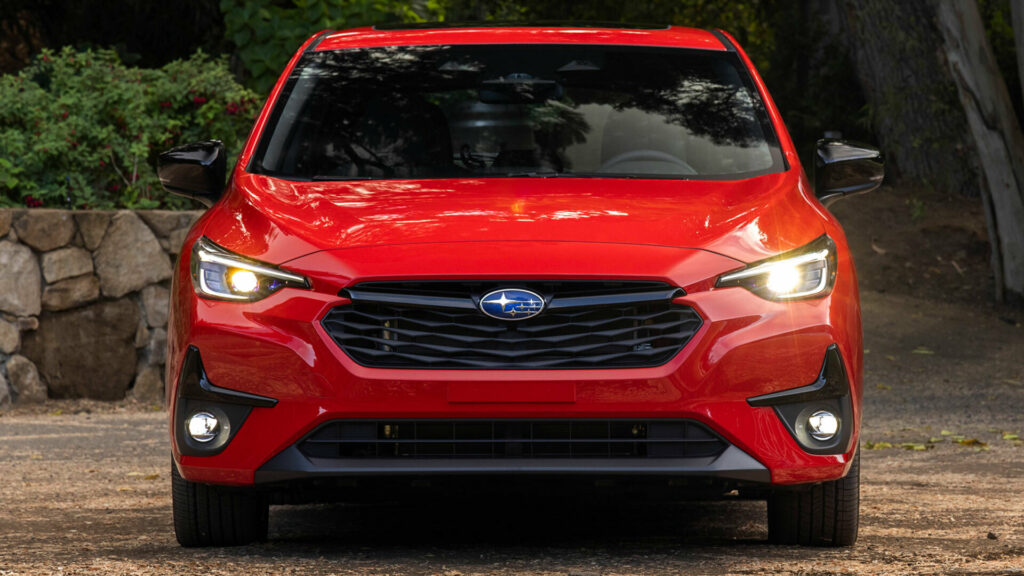
Wrestling Mogul Vince McMahon Wrecks Bentley in Connecticut Crash

Subaru Eyes Electric BRZ Revival to Win Back European Sports Car Fans
 Japanese firm debating how to cater for Europe's strong enthusiast customer base
Japanese firm debating how to cater for Europe's strong enthusiast customer base
Subaru is considering a European return for the BRZ sports coupe in its third generation – and it could be electric.
Bosses have told Autocar it is part of a wider debate in how to return to the European sports car segment in a bid to cater to the strong enthusiast customer base.
The brand has not offered a performance car on the continent since the first-generation BRZ in 2020. While that car’s second generation was launched in markets such as the US and Japan in 2024, only its Toyota GR86 twin came here – and strict European emissions and safety regulations meant it was only sold in limited numbers.
But, Subaru’s European boss David Dello Stritto said that the nameplate could return to Europe in the form of an EV. “Our options are open,” he told Autocar.
His comments were backed by the brand's global EV product boss Inoue Masahiko. Speaking to Autocar, he confirmed that an electric version of the BRZ “was under consideration” and had also been heavily looked at in the past with its long-term partner Toyota.
However, he added that the timing needed to be right: “We did consider electrifying the BRZ and GT86, but the win-win relationship is more important, and for the moment we can’t get the kind of benefits for both sides.”
The Japanese brand has teased the idea of an electric sports coupé with the chunky, high-riding Subaru Sport Mobility concept of 2023.
Subaru is currently on an all-out offensive in the family car market with a line-up that consists of the Crosstrek, Outback and Forester, as well as the new electric Uncharted, E-Outback, and updated Solterra.
Stritto said for any sports-focussed models to come to Europe, these need to first perform – especially the Uncharted. “We feel very positively about Subaru enthusiasts, but we need to see how Uncharted does first,” he said.
Asked if the current BRZ could instead come to Europe with an electrified powertrain, Masahiko said it “would be difficult” due to the car’s packaging limitations, and that an electric version would be “easier” to develop.
From a business perspective, Stritto said that bringing “100 examples to Europe” of the current BRZ – following the limited-run GR86 – wouldn’t make long term sense.
Ram 1500 TRX Roars Back With Supercharged V8 Power and Bold New Upgrades
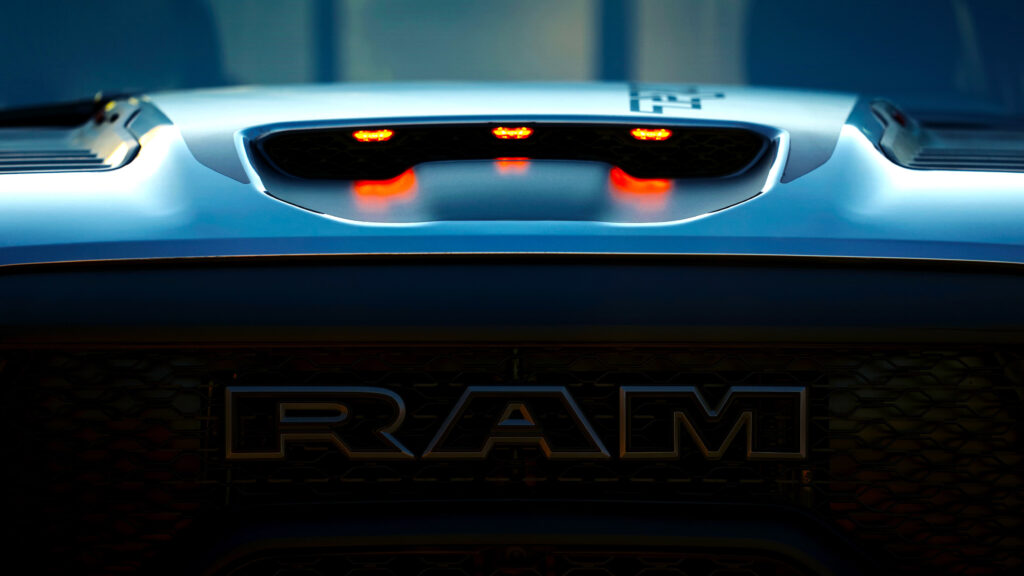
Are We Really Facing an Alien Invasion This November? Here’s What Experts Say


